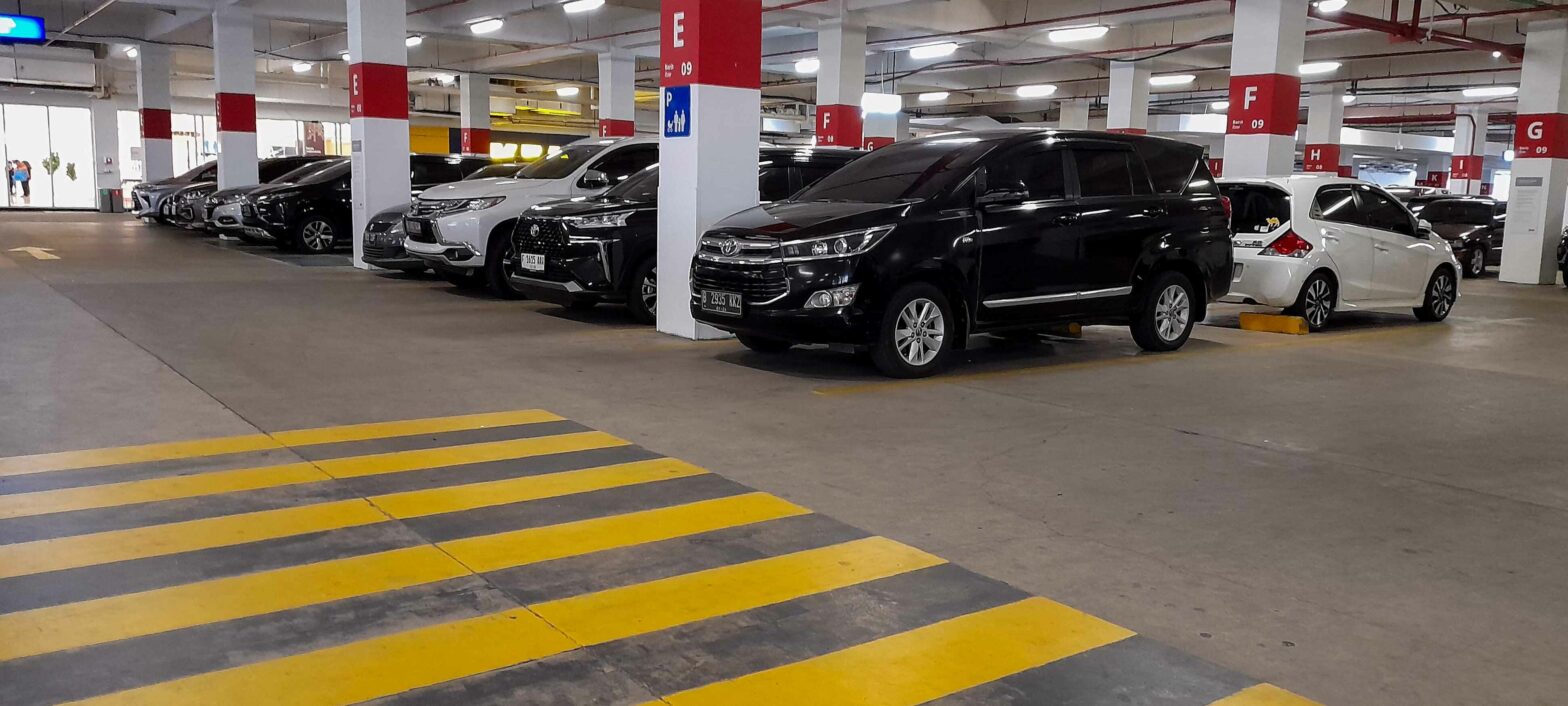Stilt Parking: Understanding The Modern Parking Solution

What is Stilt Parking?
Stilt parking refers to a type of parking arrangement commonly found in residential and commercial buildings. It involves creating an elevated platform or structure, supported by columns or pillars, to accommodate vehicles. This elevated platform is referred to as the stilt floor. It provides covered parking spaces while maximizing the usable ground area for other purposes.
Benefits of Stilt Parking
In most cities, it is extremely hard to find safe and secure car parking spaces. However, stilt car parking has become a popular solution to this problem. Let’s develop a better understanding of its advantages from the following points:
Efficient Land Utilisation
The ground floor can be used for other purposes as elevating the parking area creates room. For example, retail shops, offices, or additional residential units can be built in this space.
Protection for Vehicles
A car is always close to a person’s heart, so a secure parking space is essential. This is why stilt parking is beneficial, as it offers shelter from harsh weather conditions such as rain, sun, and dust. It preserves the condition of parked vehicles.
Security
Stilt parking usually provides better security for vehicles when compared to open-air parking because it is located inside the building or complex.
Aesthetics
In some cases, stilt parking can contribute to and enhance the overall architectural appeal of a building.
Stilt Parking Design Considerations
A stilt parking design is crucial for maximising functionality and safety. Some key factors that are considered while designing are listed below:
- Height: The minimum height required for building a stilt floor is usually eight feet. It helps in accommodating almost every type of vehicle.
- Ramp Slope: The slope of the ramps leading to the stilt car parking area should be gradual to ensure easy accessibility.
- Column Spacing: Proper spacing of pillars is essential to ensure adequate parking space and structural security.
- Ventilation: Proper ventilation is a must in order to prevent the accumulation of harmful gases.
- Fire Safety: Incorporating fire safety measures such as fire extinguishers and clear escape routes is vital to creating secure parking spaces.
- Lighting: This is an essential element for ensuring the safety of drivers and pedestrians.
Stilt Car Parking: Legal Aspects
The legality of stilt parking varies across different areas. Some states have specific regulations regarding the minimum height, area, and safety standards for stilt parking. Therefore, it is essential to comply with local building codes and regulations to avoid legal issues.
- Stilt Parking and Property Rights
Stilt parking spaces in many cases are considered common areas and cannot be exclusively owned by individual residents.
- Conversion of Stilt Parking
Converting stilt parking into residential or commercial spaces is generally prohibited without proper permissions and modifications to the building structure.
Conclusion
Stilt parking has emerged as a practical solution to address the parking challenges faced by urban regions. This is because stilt parking offers several advantages such as it helps in optimising land usage and provides a safe and secure environment for vehicles. However, it is essential to adhere to design guidelines, safety standards, and legal requirements to ensure its effectiveness and safety.
Frequently Asked Questions
Can I convert my stilt parking space into a shop or storage room?
No, you generally cannot convert your stilt parking space into a shop or storage room. This is because stilt areas are designated for vehicle parking and are considered common areas. Any alterations to the structure require approval from the building authority and often the consent of all owners. Using it for anything other than parking can lead to legal issues and impact the safety of the building.
Who is responsible for maintaining the stilt parking area?
The maintenance of the stilt parking area is usually the responsibility of the building’s management committee or association. This includes cleaning, lighting, and ensuring the safety of the area. However, individual owners are responsible for keeping their parking spaces clean and free of obstructions for the security of drivers and pedestrians.
Can I install a charging point for my electric vehicle in my stilt parking space?
Installing a charging point for your electric vehicle in your stilt parking space is generally allowed. However, it is essential to check with your building’s management or local authorities for any specific regulations or guidelines. It is crucial to ensure that the installation complies with electrical safety standards and doesn’t interfere with other residents.
What are the safety measures I should follow while using stilt parking?
Safety is paramount in stilt parking areas. Some essential safety measures that you should follow are:
- Obeying speed limits.
- Avoid parking in fire exits.
- Use proper lighting when entering and exiting the parking space.
- Being cautious of pedestrians and other vehicles.
- Following any specific safety guidelines set by the building management.
What are the legal implications of unauthorised use of stilt parking?
Unauthorised use of stilt parking can lead to legal issues. This includes using the space for commercial purposes, blocking other people’s parking spaces, or making unapproved modifications to the area. These actions can result in penalties, legal disputes, and even eviction in extreme cases.